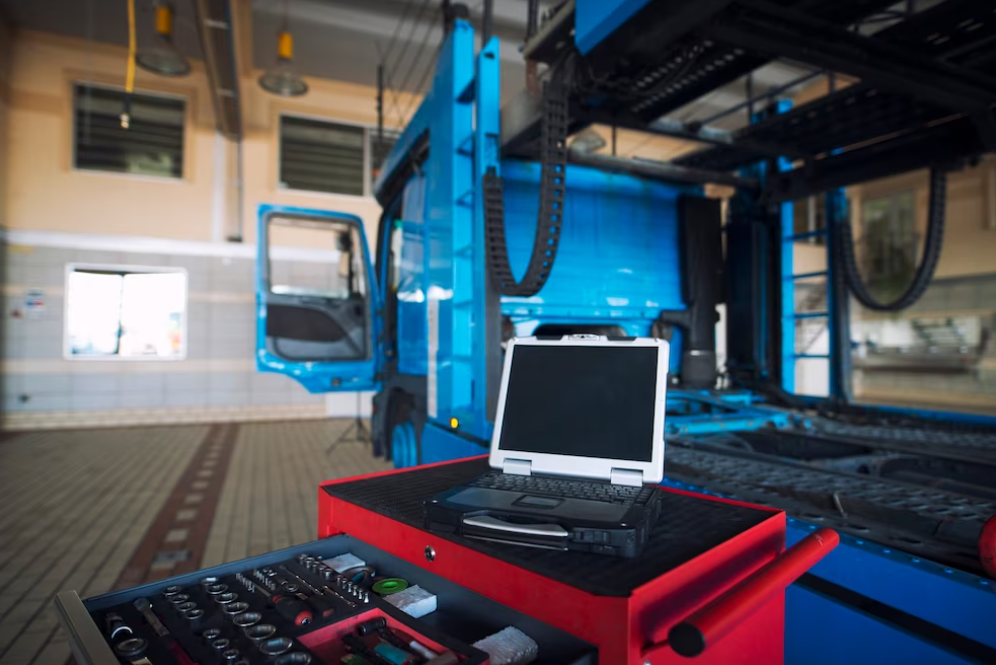How to Check Coolant Level?
The coolant within your car plays a pivotal role in guaranteeing a smooth and safe journey from one location to another. Regrettably, inadequate or improperly maintained coolant levels can potentially result in engine issues, leading to costly repairs in the future. It's always wiser to prevent problems than to deal with their consequences. Hence, it's essential to regularly monitor your coolant level, ideally on a monthly basis or whenever you undergo an oil change. Below, we'll offer clear and uncomplicated guidelines on how to swiftly and effortlessly check your coolant level. By doing so, you can have peace of mind knowing that your car is operating at its best.

The Importance of Regularly Monitoring Your Coolant Levels
Your vehicle's coolant, sometimes referred to as antifreeze, serves as a vital element with a profound impact on your engine's well-being and overall vehicle performance. The regular monitoring of your coolant levels holds immense importance for several compelling reasons.
Firstly, it plays a crucial role in regulating your engine's temperature, efficiently dissipating the heat generated during its operation and preventing the dire consequences of overheating, such as severe damage or engine failure.
Secondly, coolant contains essential additives that shield your engine's components from the corrosive effects of rust and corrosion, ensuring their longevity. Moreover, it serves as a guardian against extreme temperatures, averting the peril of engine freezing in cold weather and overheating in hot conditions. Proper coolant levels also contribute to optimal engine performance, enhancing fuel efficiency and power output.
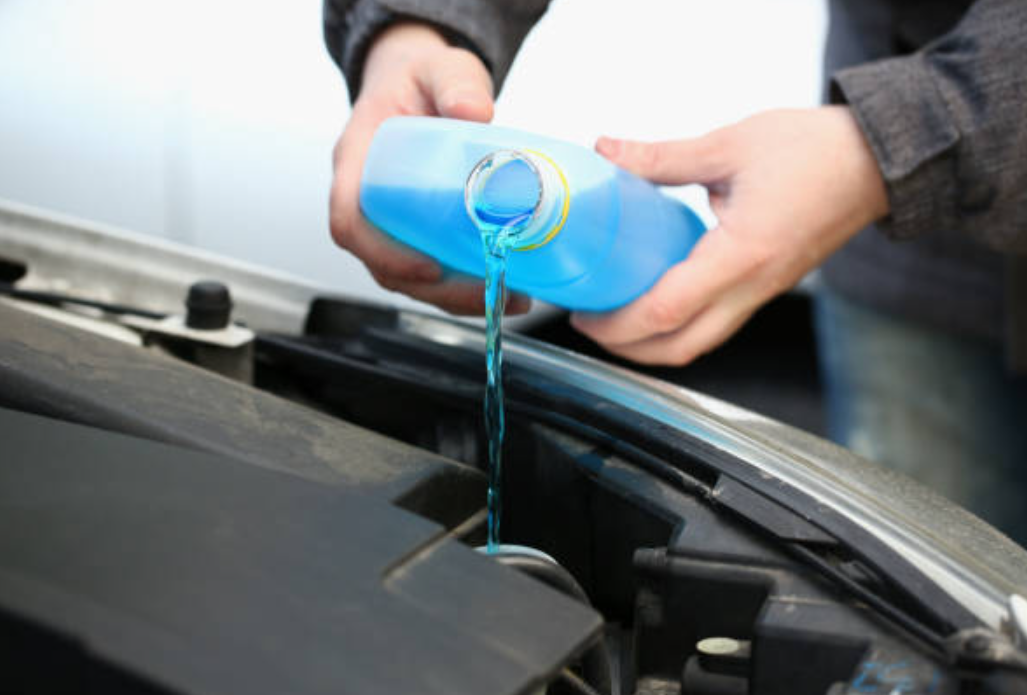
Through conscientious monitoring and upkeep of your coolant levels, you not only prevent the risk of costly repairs, such as blown head gaskets or warped cylinder heads but also fortify your protection against unexpected engine failures on the road. This dual benefit guarantees both your safety and peace of mind.
In the end, this practice not only secures your engine and overall vehicle performance but also assures your safety during your journeys and shields you from potential financial burdens caused by repairs. Incorporate coolant level checks into your regular vehicle maintenance routine to experience worry-free driving and prolong your engine's lifespan.

Step 1: Park on a Level Surface
Before you begin, make sure your vehicle is parked on a flat and level surface. This ensures accurate readings and prevents any accidents.
Step 2: Allow the Engine to Cool
Inspecting the coolant level while the engine is still hot poses potential hazards. It's essential to exercise caution and wait for the engine to cool down entirely before attempting to open the coolant reservoir or radiator cap. This cooling process may require several hours, so patience is key.
Step 3: Locate the Coolant Reservoir
Most modern vehicles have a translucent plastic coolant reservoir. It is typically located near the radiator and is marked with "Max" and "Min" lines to indicate the acceptable coolant level range.
Step 4: Inspect the Coolant Reservoir
Once the engine is cool, open the hood of your vehicle. Find the coolant reservoir and examine it closely. You should see two lines marked "Max" and "Min" on the side of the reservoir. The coolant level should be between these two lines. If it's below the "Min" line, you'll need to add coolant.
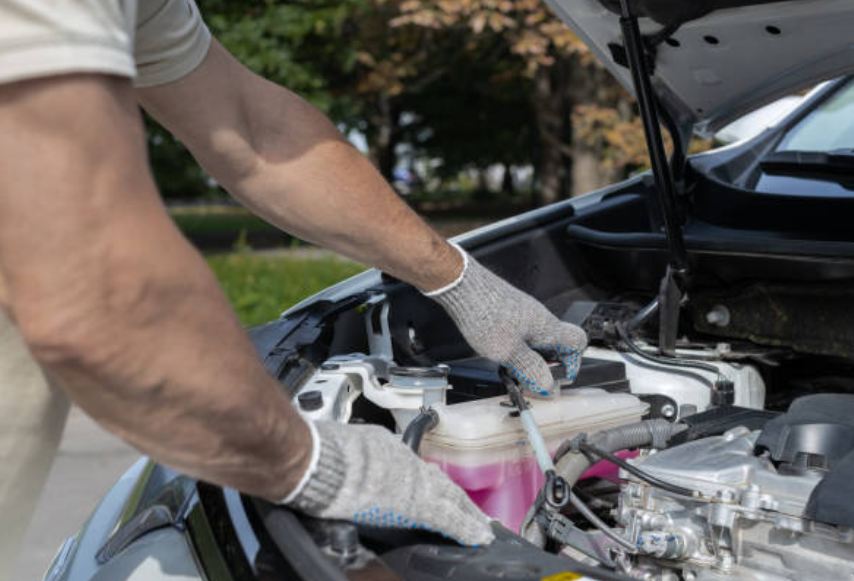
Step 5: Adding Coolant
Ensuring the coolant remains at the correct level is vital. Should the level dip below the "Min" indicator, it becomes imperative to introduce a blend of coolant and water until it attains the prescribed level. Equally essential is the selection of the appropriate coolant type, which should align with your vehicle's requirements. This may entail deciding between choices such as ethylene glycol or propylene glycol. For comprehensive instructions, consult your vehicle's owner's manual.
Here's how to add coolant:
- Prepare a mixture of coolant and water in a 50/50 ratio if needed.
- Open the reservoir cap (if applicable) or the radiator cap (only when the engine is cold).
- Slowly pour the coolant mixture into the reservoir until it reaches the "Max" line.
- Replace the cap securely.
Step 6: Check for Leaks
Following the coolant refill, it's advisable to inspect your vehicle for any observable leaks near the radiator, hoses, or water pump. These leaks can result in a gradual coolant loss and potentially trigger overheating issues over time.
Step 7: Monitor Regularly
Checking your coolant level should become a regular part of your vehicle maintenance routine. It's a simple task that can help prevent costly engine damage and keep your car running smoothly.
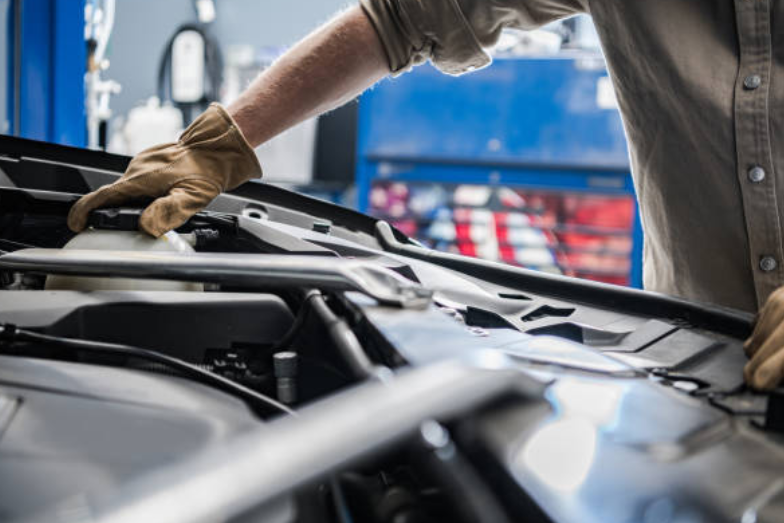
Exploring strategies to proactively avoid future coolant level problems is essential for maintaining your vehicle's health and performance. Regular inspections, adherence to manufacturer-recommended maintenance schedules, and the use of the correct coolant type are fundamental steps.
Keeping your cooling system components well-maintained, conducting periodic flushes, and promptly addressing leaks contribute to a reliable cooling system. Monitoring temperature gauges, avoiding overfilling, and ensuring proper freezing protection in cold climates are additional safeguards. Finally, keeping your radiator cap tight completes the checklist for safeguarding your vehicle's cooling system and preventing coolant-related issues down the road.
-
How do I add coolant to my vehicle?
To add coolant, open the coolant reservoir cap (when the engine is cold) and slowly pour the correct coolant-water mixture into the reservoir until it reaches the "Max" level. Make sure the cap is securely replaced afterward.
-
How can I check for coolant leaks?
Inspect the engine bay and the area beneath your vehicle for any visible coolant leaks. Look for wet spots, drips, or puddles. Address any leaks promptly to prevent further coolant loss.
See more review here: Top 10 Waterproof Hiking Boots For Outdoor Enthusiasts


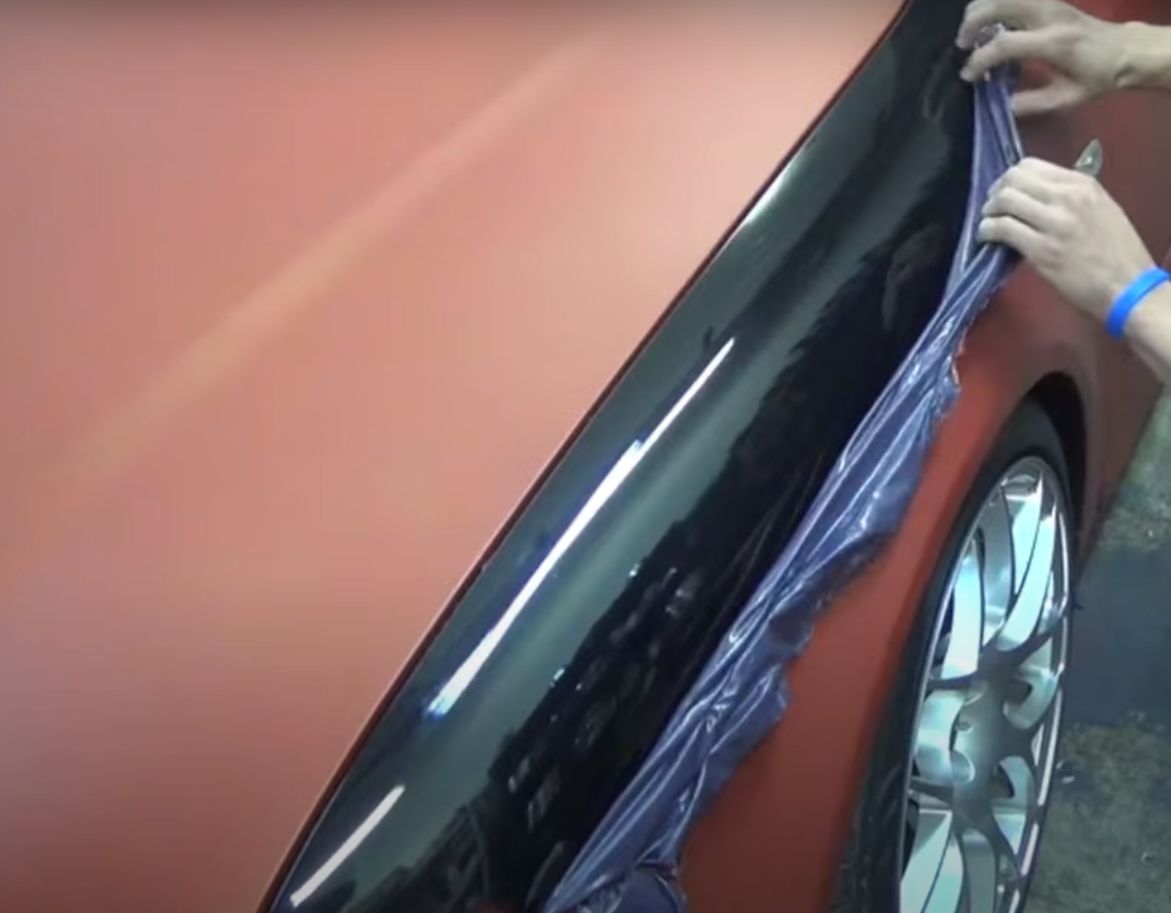

.png)
